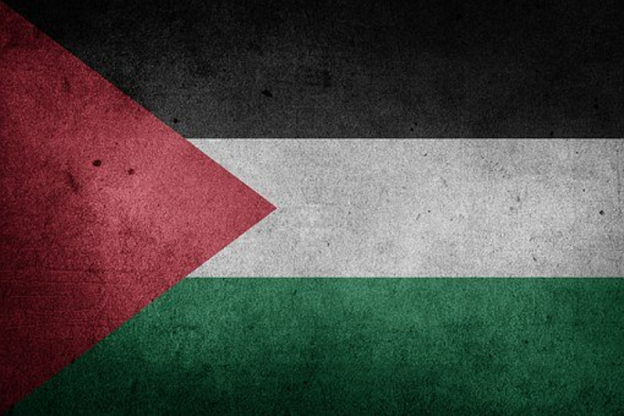| On January 28, the White House, at a meeting both with both Israeli Prime Minister Benjamin Natanyahu and his domestic political opponent Lt. General Benny Gantz, introduced the most comprehensive proposal for peace between the Jewish State and the Palestinian people in a two-state solution, The “Peace to Prosperity” concept differs from its predecessors in that in provides significant expanded territory for the Palestinians, as well as links between Gaza and the West Bank, and a capital in a portion of Jerusalem. Geography, however, may be the lesser of the difficulties in getting a Palestinian agreement. Gaza is controlled by the terrorist organization Hamas, which at this point continues to oppose any compromise with Israel, a state the group does not even recognize as having the right to exist. The refusal of the Palestinian leadership, at times widely seen as corrupt, to compromise in the past has caused considerable suffering to their people. In 2008, Palestinian president Mahmoud Abbas rejected a plan for sovereignty. Yassar Arafat refused to sign on to the Camp David accords in the 1970s which also would have fulfilled most his people’s goals. The Arab news service Al Jazeera cited a number of Palestinians sharply rejecting the concept, terming it a “New Balfour Declaration,” a reference to the a public statement issued by the British government in announcing support for the establishment of a “national home for the Jewish people.” There have several past attempts at a settlement that would have given the Palestinians most of what they sought, only to be ultimately rejected by the Palestinian leadership. The current proposal notes that “For nearly a century, international leaders, diplomats, and scholars have debated the issues and attempted to resolve this conflict…Over the decades, many proposals and ideas have been put forward, but elements of those plans were unachievable given the realities on the ground and in the broader Middle East. “ The proposal then goes on to explain that “The world has changed greatly during this period, as have the security challenges facing the Middle East…” There is a great deal behind that observation. The proposal reiterates that .” The State of Israel has made peace with two of its neighbors. It made peace with the Arab Republic of Egypt in 1979 and it made peace with the Hashemite Kingdom of Jordan in 1994, two countries with which the State of Israel had fought multiple wars and numerous border skirmishes. The State of Israel has also exchanged sizeable territories for the sake of peace, as it did when it withdrew from the Sinai Peninsula in exchange for peace with the Arab Republic of Egypt. “ Just six months into his administration, President Trump and the Saudis significantly improved U.S. relations with the wealthiest Arab state. Overriding all other considerations for Middle Eastern nations is the fear of Iranian expansionism. Israel may not be liked, but it is seen as something of a bulwark against Iran’s aggression. The economics of this latest plan make it one that would be truly embarrassing for the Palestinian leadership to reject, considering the hardships currently endured in both the West Bank and Gaza. Under the proposal, billions of dollars of investment in the electricity, water, and telecommunications sectors, increasing generation capacity would be facilitated, while creating efficient transmission and distribution networks. The plan also calls for, following the adoption of key policy reforms and the construction of essential infrastructure, extraordinary private-sector investment in entrepreneurship, small businesses, tourism, agriculture, housing, manufacturing, and natural resources. The goal of early-stage investment will be to remove constraints to growth and to target key projects that build momentum, generate jobs, and increase gross domestic product. |
Illustration: Palestinian flag (Pixabay)
